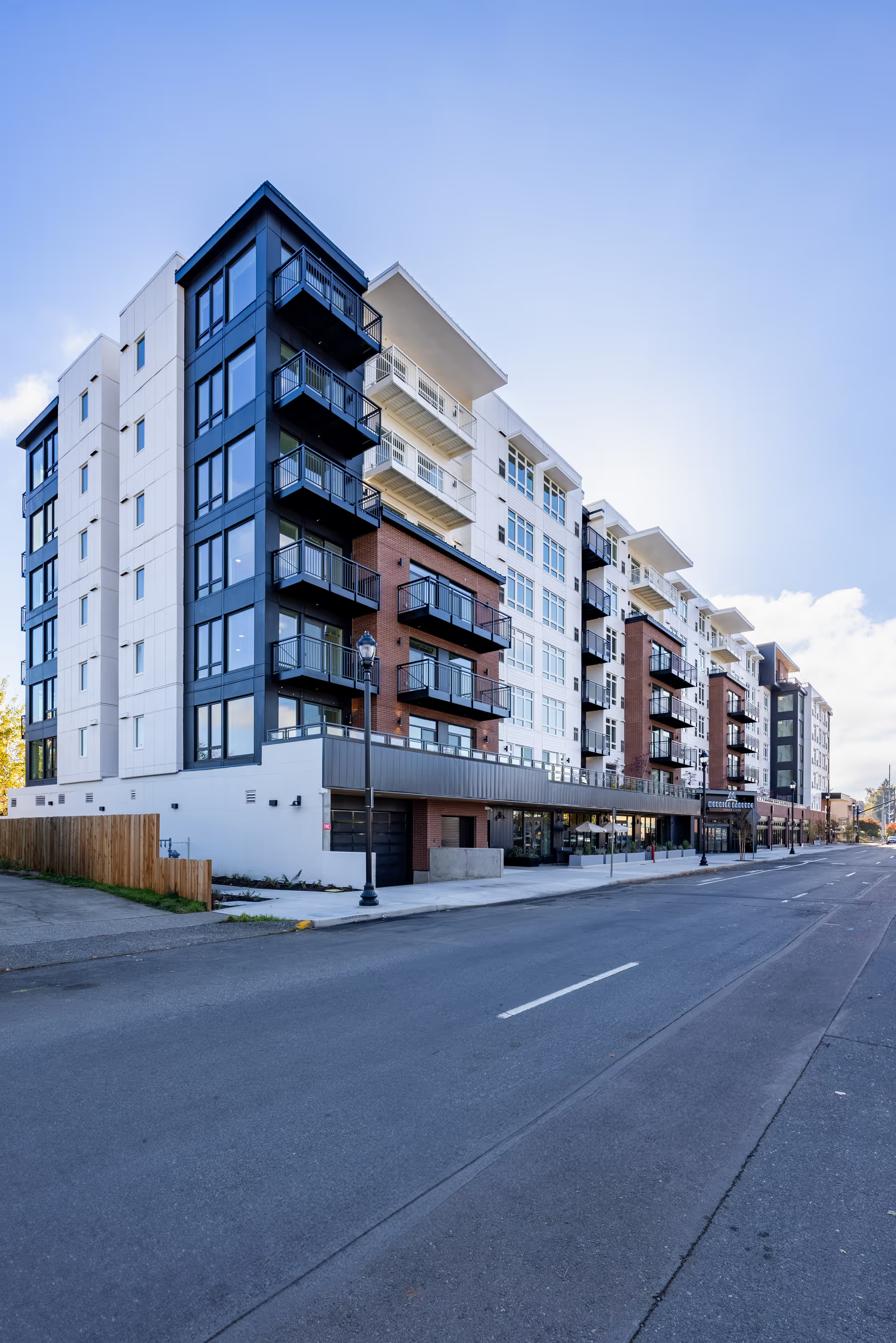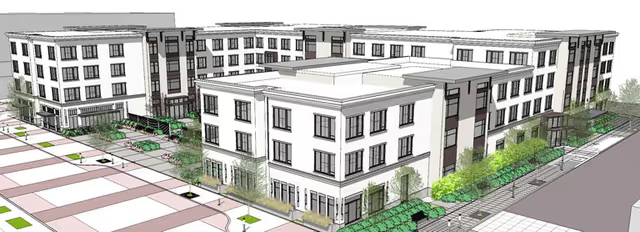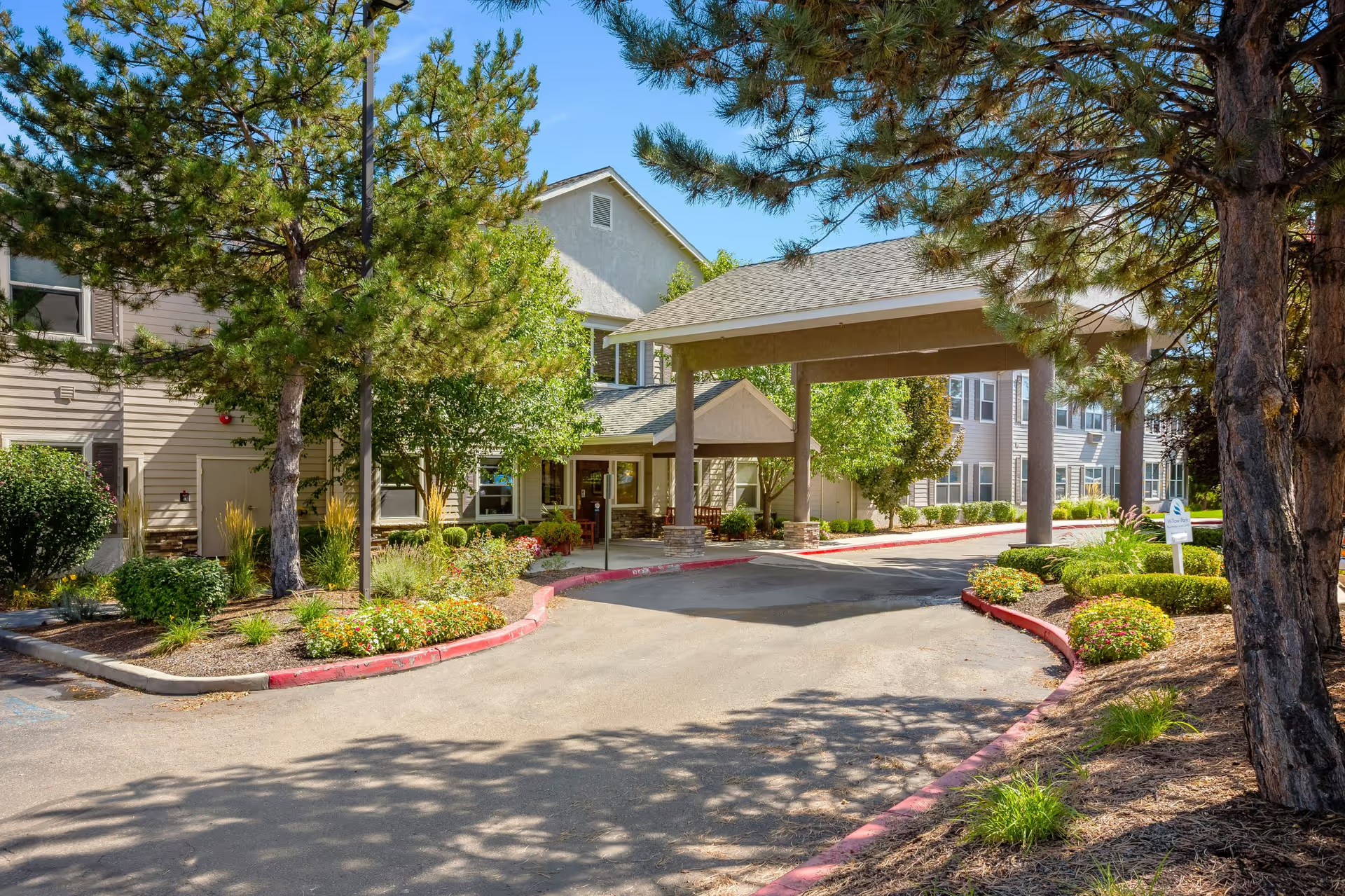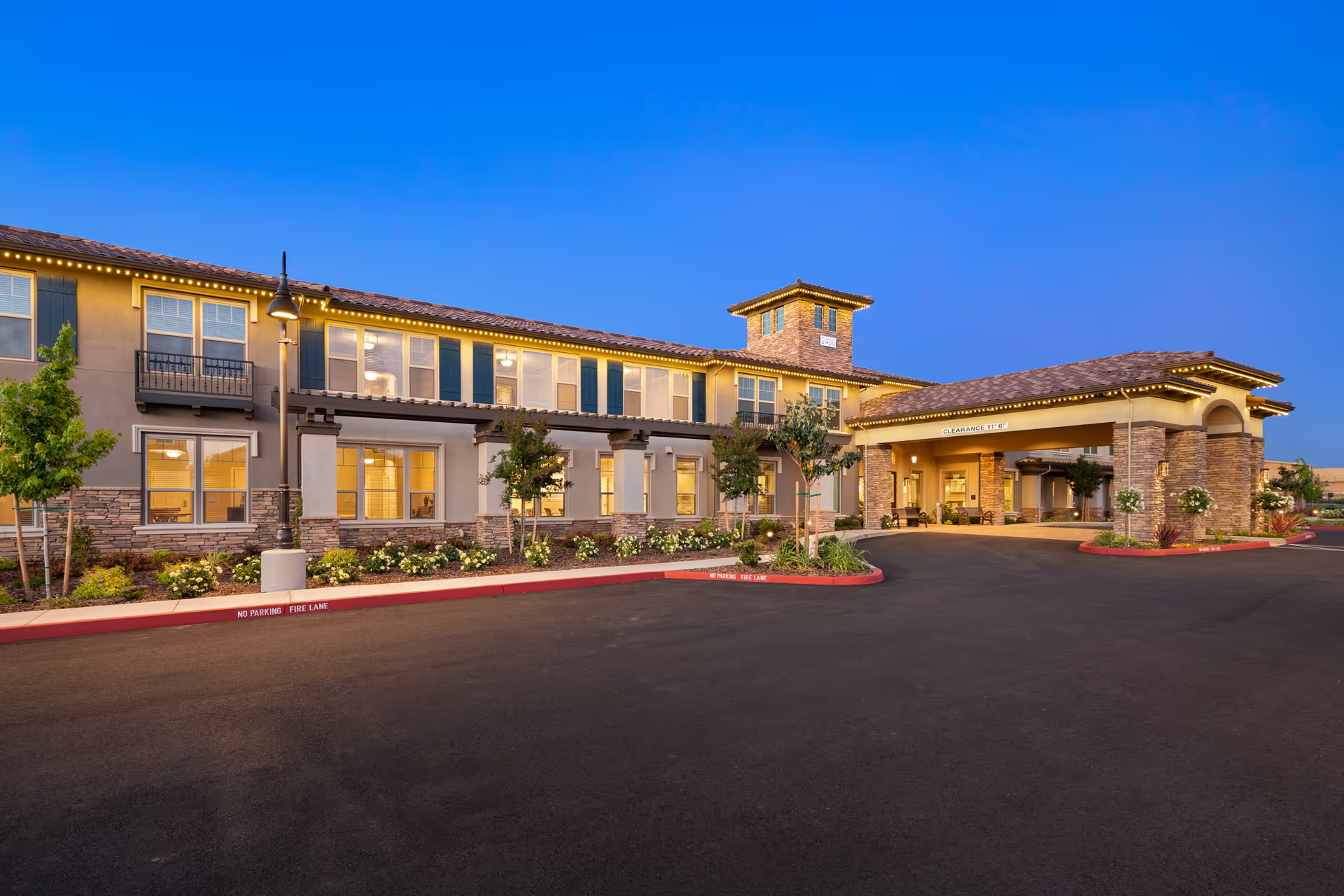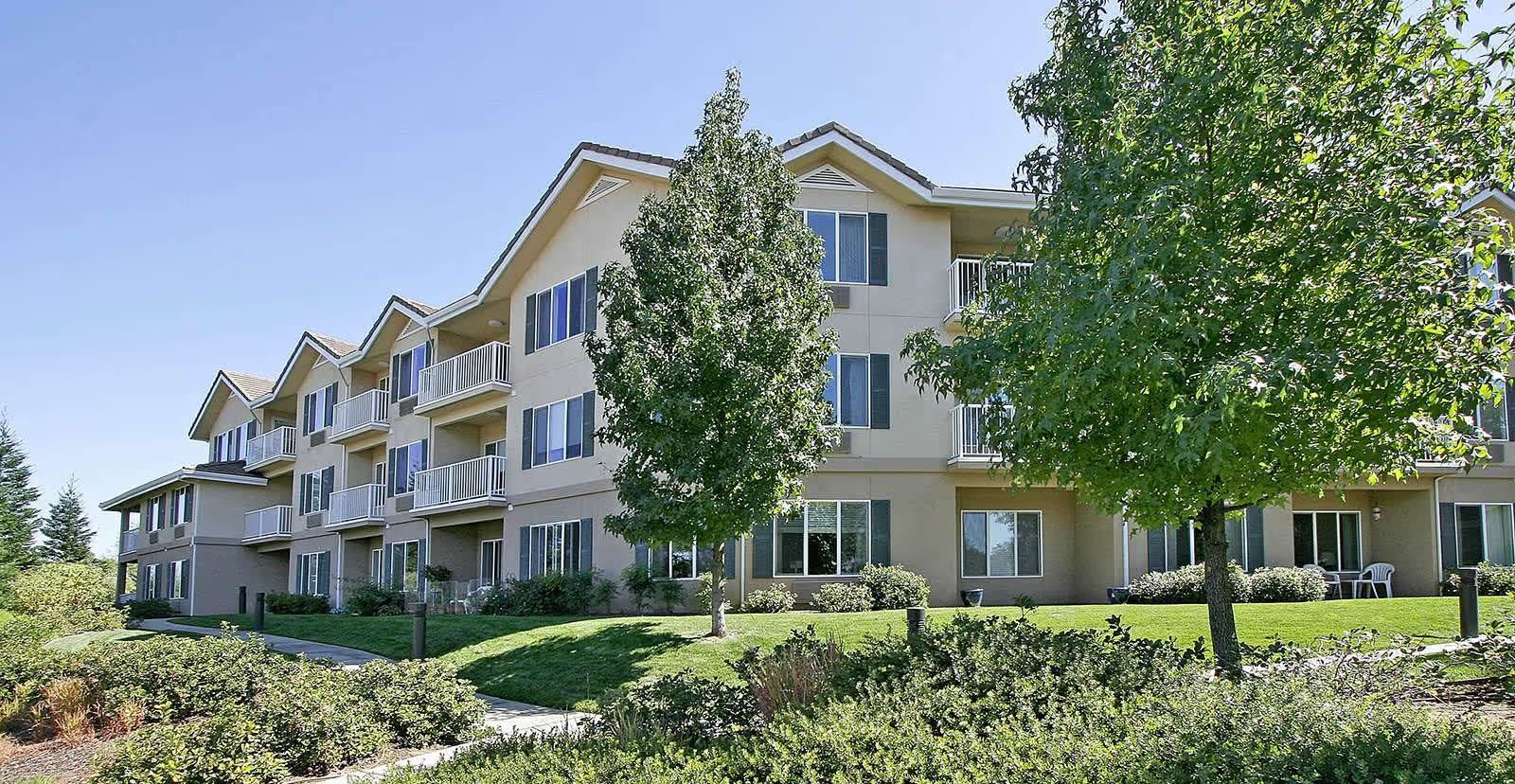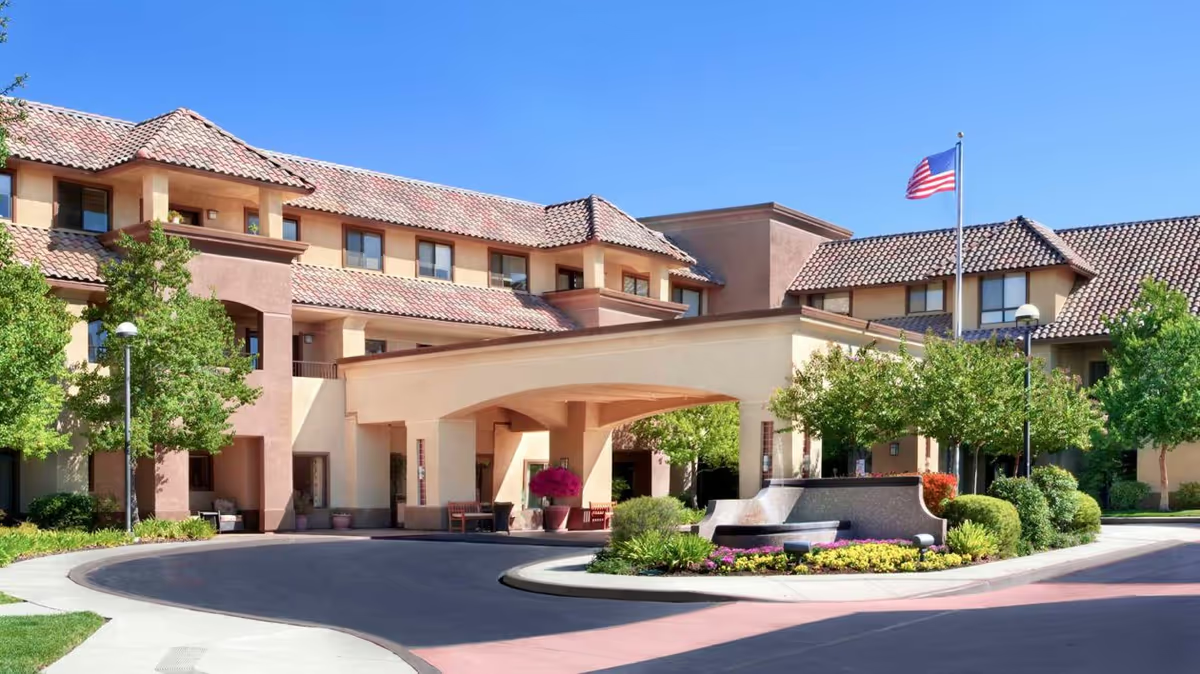Overall impression: Reviews for Regency Albany are mixed and polarized. A substantial number of summaries describe exceptional, heart-warming, and highly competent care across multiple roles (nurses, caregivers, cooks, housekeepers, activities staff), praising the facility as clean, community-oriented, and effective—particularly for short-term skilled nursing and rehabilitation. At the same time, several strongly worded negative accounts report serious lapses in basic care, supervision, and responsiveness. These conflicting themes suggest variability in the resident experience rather than uniform quality.
Care quality and clinical services: Many reviewers emphasize excellent clinical care—skilled nursing services and rehabilitation (PT/OT/Speech) that helped patients regain function, as well as fast, kind responses to needs. Multiple accounts call out a dedicated team environment and express complete confidence in the care provided. Conversely, other reviewers describe unskilled or neglectful care: ignored call buttons, residents left in filth overnight, and concerns about rash or infection risk. These negative reports point to potentially serious, episodic failures in basic caregiving and oversight.
Staff and management: Praise centers on an engaged, compassionate staff from nurses to ancillary workers (cooks, housekeepers, activities directors) with frequent mention of warm interactions, friendliness, and a sense of being part of a community. Several reviewers explicitly state they would highly recommend Regency because of staff professionalism and kindness. However, the negative reviews call attention to understaffing, poor supervision, and uncaring or unfriendly personnel in some situations. The contrast suggests inconsistency—either by shift, by unit, or over time—which is an important pattern for prospective residents and families to investigate.
Facilities, dining, and activities: The building is repeatedly described as clean and well-maintained, with a friendly and festive atmosphere. Dining receives positive comments ("food is good") and activities/engagement are highlighted as strengths, often contributing to the community feel. These elements are consistently reported among positive reviews and support the facility’s strengths beyond strictly clinical care.
Patterns and notable concerns: The most striking pattern is the polarizing nature of the feedback: several glowing, detailed endorsements of high-quality, compassionate care sit alongside serious allegations of neglect and hygiene lapses. Recurring negative specifics include ignored call buttons, overnight neglect, infection/rash risk, and reports of understaffing or insufficient supervision. These are not minor complaints; they reflect fundamental care and safety issues when they occur. The positive reports, on the other hand, emphasize rehabilitation success, caring personnel, and a clean, pleasant environment.
Implications and recommendations for prospective residents/families: Given the mixed reports, it would be prudent for decision-makers to (1) tour the facility at multiple times of day and on weekends to observe staffing and activity levels; (2) ask explicitly about nurse-to-resident ratios, supervisor presence, and typical call-button response times; (3) request information on infection control policies, recent inspection reports, and any recorded incidents; (4) speak with current residents and family members about consistency of care across shifts and different units (e.g., skilled nursing vs. assisted living); and (5) clarify the facility’s approach to staff turnover, training, and oversight. These steps can help determine whether a prospective resident is likely to experience the positive care many reviewers describe, or be exposed to the lapses reported by others.
Summary judgment: Regency Albany receives strong praise in multiple areas—compassionate staff, effective rehab services, cleanliness, good dining, and an active, community-oriented atmosphere—but also faces serious, specific criticisms relating to neglect, responsiveness, and supervision. The reviews point to variability in resident experiences; therefore, careful, targeted inquiry and on-site observation are recommended for anyone evaluating this facility.
